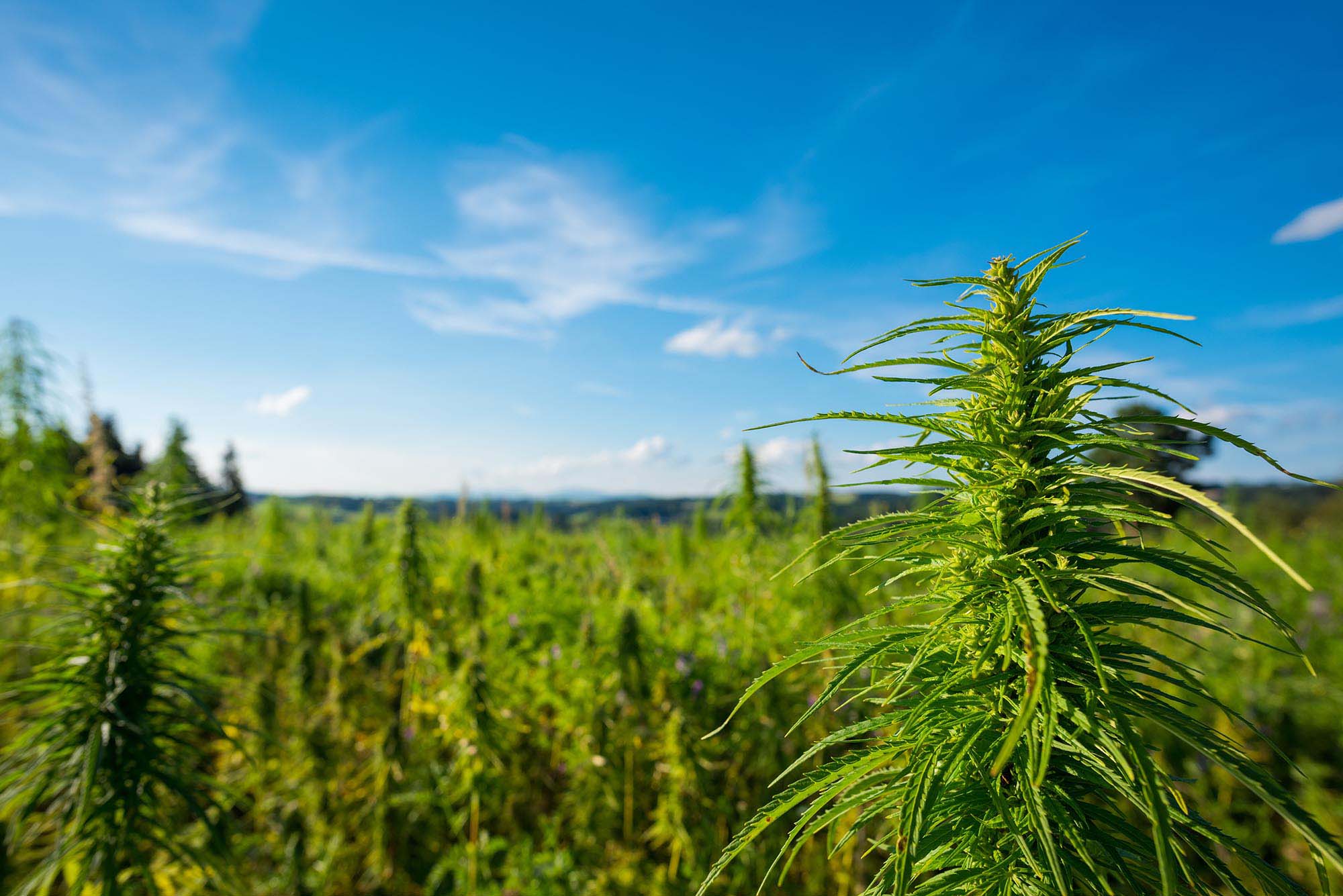
The Need for Sustainable Alternatives
The world is grappling with a growing plastic waste crisis that has severe environmental and health consequences. Plastics are non-biodegradable, take hundreds of years to decompose, and pollute waterways, oceans, and soil. The production of plastics also releases greenhouse gases, contributing to climate change. The need for sustainable alternatives to plastics is, therefore, urgent. Hemp, a versatile plant with numerous applications, has emerged as a viable alternative to traditional plastics. In this article, we explore the properties of hemp, its production methodologies, advantages over traditional plastics, and applications in various industries.
Properties of Hemp: A Viable Alternative to Plastics
Hemp is a fast-growing plant that requires minimal water and pesticides to grow. It has a high cellulose content, making it an excellent source of fiber for textiles, paper, and building materials. Hemp fibers can also be processed to produce biodegradable plastics that have similar properties to traditional plastics. Hemp plastic is durable, lightweight, and resistant to bacteria and UV rays. It can be molded into different shapes, making it suitable for various applications.
Hemp Plastic Production: Raw Materials and Methodologies
The production of hemp plastic involves extracting fibers from the hemp plant and mixing them with a biodegradable resin. The fibers are first cleaned, processed, and spun into a yarn. The yarn is then woven into mats, which are impregnated with the resin. The mats are then heated and pressed to form a solid material that can be molded into different shapes. The raw materials used in hemp plastic production are renewable and biodegradable, making it an eco-friendly alternative to traditional plastics.
The Advantages of Hemp Over Traditional Plastics
Hemp plastic has several advantages over traditional plastics. First, it is biodegradable and does not contribute to plastic waste. Second, it is made from renewable resources and does not rely on fossil fuels like traditional plastics. Third, it is lightweight, durable, and resistant to bacteria and UV rays. Fourth, it can be molded into different shapes, making it suitable for a wide range of applications. Fifth, it has a lower carbon footprint than traditional plastics, making it an environmentally friendly option.
The Economic and Environmental Benefits of Switching to Hemp
The adoption of hemp plastic has economic and environmental benefits. It creates new markets for hemp farmers and processors, providing them with additional sources of income. It also reduces the dependence on fossil fuels and promotes sustainable development. The production of hemp plastic creates jobs, stimulates local economies, and reduces carbon emissions. Switching to hemp plastic can also reduce the amount of plastic waste in landfills and oceans, improving the health of ecosystems and reducing the risk of plastic pollution.
Hemp as a Renewable Resource: The Future of Sustainable Development
Hemp is a renewable resource that can play a significant role in sustainable development. Its fast growth rate, low water and pesticide requirements, and high cellulose content make it an ideal crop for eco-friendly products. Hemp can be used for a variety of applications, including textiles, paper, building materials, and plastics. The adoption of hemp products can reduce the environmental impact of resource-intensive industries and promote sustainable practices.

Applications of Hemp Plastic: From Packaging to Automotive Industry
Hemp plastic has multiple applications in various industries. It can be used for packaging materials, such as bags, containers, and wrapping paper. It can also be used in the automotive industry for interior parts, such as dashboards, door panels, and seat cushions. Hemp plastic is also suitable for consumer products, such as toys, electronics, and furniture. The versatility of hemp plastic makes it a viable alternative to traditional plastics in a wide range of applications.
Hemp Plastic in Biodegradable Materials: A Step Towards Zero Waste
The adoption of hemp plastic in biodegradable materials is a significant step towards zero waste. Biodegradable materials decompose naturally, reducing the amount of waste that ends up in landfills and oceans. Hemp plastic is an eco-friendly alternative to traditional plastics and can be used in biodegradable products, such as packaging materials and disposable cutlery. The use of biodegradable materials can also reduce the environmental impact of waste management practices.
The Challenges and Limitations of Hemp Plastic Production
The production of hemp plastic faces some challenges and limitations. The availability of raw materials, such as hemp fibers and biodegradable resins, is limited in some regions, making it challenging to scale up production. The cost of production is also higher than traditional plastics, making it less competitive in some markets. The processing of hemp fibers requires specialized equipment and expertise, which may not be readily available in all areas. Overcoming these challenges will require investment in research and development, infrastructure, and technology.
Government Policies and Initiatives for Promoting Hemp Plastic
Government policies and initiatives can play a vital role in promoting the adoption of hemp plastic. Regulations that promote eco-friendly products and discourage the use of traditional plastics can create a market for hemp plastic. Tax incentives, grants, and subsidies can also encourage investment in research and development, infrastructure, and technology. The promotion of sustainable practices and the adoption of circular economy principles can also create opportunities for the adoption of hemp plastic.
The Role of Businesses in Driving the Hemp Plastic Revolution
Businesses have a critical role to play in driving the hemp plastic revolution. They can invest in research and development, infrastructure, and technology to scale up production and reduce costs. They can also develop new applications for hemp plastic and promote its adoption in their supply chains. Companies that adopt sustainable practices and eco-friendly products can also improve their brand image and reputation, attracting environmentally conscious consumers.
A Clean Economy through Hemp Plastic Adoption
In conclusion, the adoption of hemp plastic can create a clean economy that promotes sustainable development and reduces the environmental impact of resource-intensive industries. Hemp plastic is an eco-friendly alternative to traditional plastics that can be used in a wide range of applications. Government policies and initiatives, as well as the role of businesses, are critical in driving the hemp plastic revolution. Overcoming the challenges and limitations of hemp plastic production will require investment in research and development, infrastructure, and technology. The adoption of hemp plastic in biodegradable materials can also be a significant step towards zero waste. The future of sustainable development lies in renewable resources like hemp, and the adoption of hemp plastic is a crucial step towards a cleaner, greener tomorrow.



